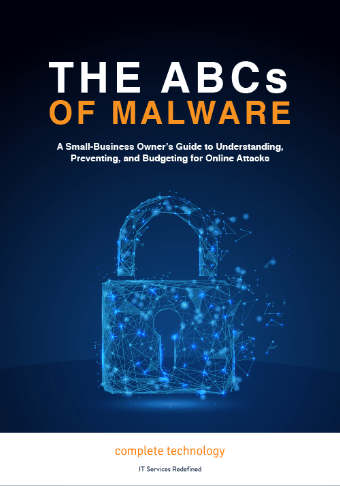The National Institute of Standards and Technology (NIST) is an agency within the United States Department of Commerce that develops standards aimed to drive innovation and enhance economic security. NIST compliance is mandatory for any organization working in the federal supply chain, such as manufacturers and service providers, that do business with the government. In fact, if companies are noncompliant or fail to maintain NIST compliance, they may get their contracts terminated and lose the ability to bid for government contracts in the future. However, because NIST standards are based on best practices, it will benefit even those businesses outside of the federal supply chain to be NIST compliant as well.
Compliance with the NIST Cybersecurity Framework (NIST CSF) can help any organization improve its cybersecurity posture, making it better equipped to protect its data against cyberattacks and other internet-based risks. NIST compliance also makes it easier to comply with other regulations, such as the Health Insurance Portability and Accountability Act of 1996 (HIPAA) and the Sarbanes-Oxley Act (SOX).
But while being NIST compliant is beneficial, achieving compliance can be tricky for inexperienced organizations. It can especially pose a challenge to small- or medium-sized businesses (SMBs) that may be short on skilled personnel or other resources. If your company is aiming for NIST compliance, consider the following:
Relative cost
Computing the cost of compliance relative to revenue will give you an idea of how compliance will impact your businesses. This process involves calculating how much business you stand to gain with compliance and how much you stand to lose due to noncompliance; the resulting figures can help you decide if the investment is worth it.
What’s more, computing for relative costs can determine your approach to compliance. For example, the costs of maintaining compliance can be the deciding factor that pushes you to outsource compliance to third-party vendors instead of investing in your internal team.
Cut costs without sacrificing essential business functions
By properly planning your cost reduction strategy, you can ensure better savings and profitability. This comprehensive guide will show you the best ways you can reduce your expenses.
Compliance level
The NIST CSF has several standards, each with its own set of requirements or controls. The NIST Special Publication 800-53, for instance, has over 900 unique security controls that every entity working within the federal supply chain must adhere to.
If you’re looking to be NIST compliant, you must first determine what kind of compliance you’re aiming for, as well as your current level of compliance. The first step is getting your systems and security policies assessed by a compliance expert who can identify security weaknesses and recommend concrete measures that will enable you to meet the controls necessary for your target compliance level.
Security awareness training
Apart from being a NIST 900-series requirement, training on secure usage of information systems helps ensure that your security solutions are handled by a competent and cybersecurity-aware workforce. Any organization that’s keen on being NIST compliant must be able to conduct mandatory security awareness training, as this minimizes human error, keeps employees vigilant, and improves overall cybersecurity posture. As early as now, you might want to think about how you’re going to implement an organization-wide training that includes every employee, from top-level executives to entry-level staff.

Need guidance on cybersecurity?
Anyone can master the basics with a little guidance from the experts. If you’re looking for ways to protect your business’s data, this free eBook won’t let you down. It’s an unbiased look at what precautions SMBs should take, with or without outside help.
Maintenance of compliance
You can easily lose your NIST compliant status if you’re not careful. This is why it’s critical to perform system maintenance regularly to protect organizational information systems and to ensure that security measures are working as they should. If your organization doesn’t have sufficient capabilities to maintain compliance, it’s a good idea to partner up with a third-party managed IT services provider that can proactively monitor and manage your systems.
While the NIST provides a strong cybersecurity foundation, complying with its standards doesn’t ensure total protection against threats that abound on the internet. Your business will still need advanced security solutions and a strong cybersecurity culture to ward off external attacks and eliminate internal threats. Consult with our IT experts at Complete Technology and be one step closer to achieving robust cybersecurity. Drop us a line today.








